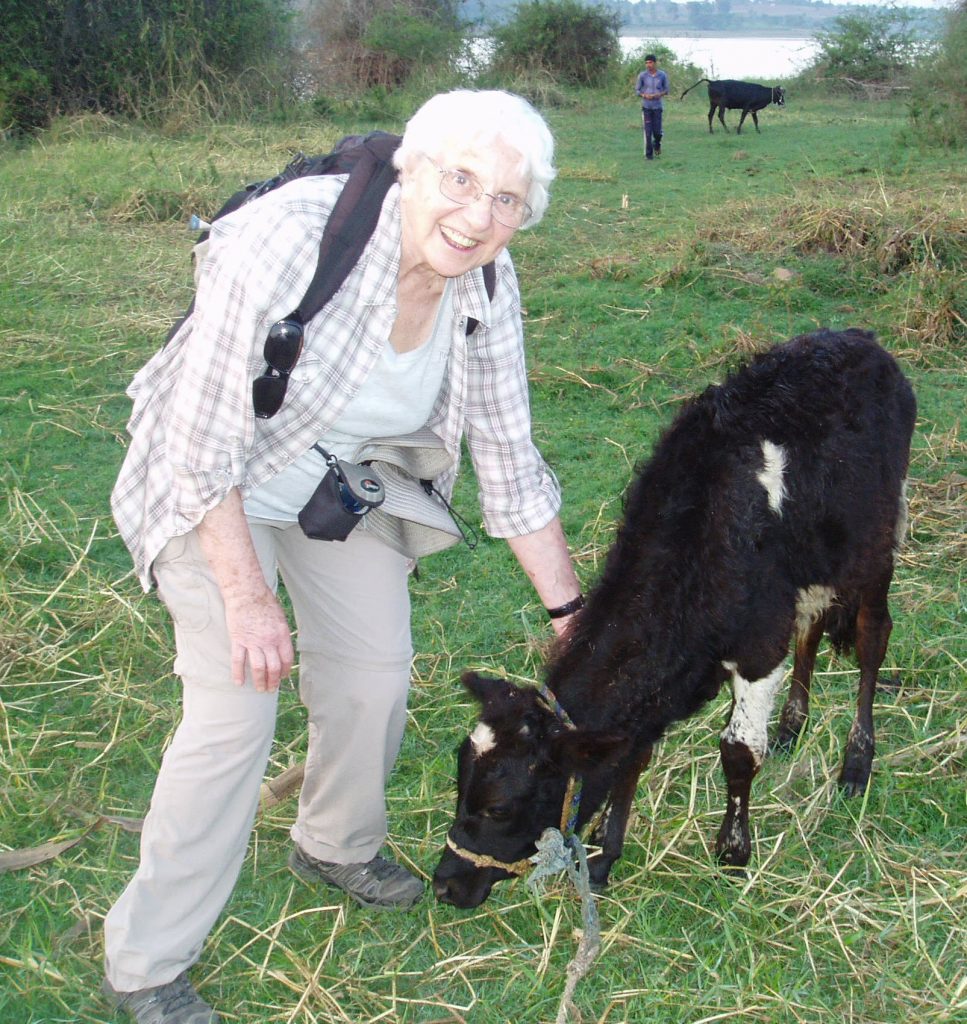It’s over 20 years now since I first visited Nepal. At the time I was still working as a manager at Alder Hey Children’s hospital in Liverpool. Little did I know then that the visit was going to change my life.
It was quite by chance, following a wonderful trek in the Himalayan mountains, when we had returned to Kathmandu, that someone mentioned having seen a children’s hospital nearby. Curious because of my relationship with Alder Hey, I went there the following day and asked if I could look round. The Administrator, Mr Bishop Joshi, came down and took me on a tour of the hospital. In those days it was a very small and dilapidated building.
As we went round, Bishop took me into the Burns Ward. Burns is a huge problem in Nepal. Very few people have electricity, so most people heat their homes and cook their food using open fires. Terrible accidents happen.
In the Burns Ward were two little boys who were brothers. The older one was about 7 years old and the younger one about 2 or 3. Both of them had horrific burns. The older one was injured on his hands and down his legs. The younger one was burned everywhere – his face and head, his limbs and his whole body. He was in such pain and shock that he couldn’t cry any more, just emitted small moans from time to time.
Their mother was sitting with them and when she saw me she wanted to tell me their story. Bishop acted as our interpreter as she told me what had happened. They lived in a village high in the mountains where she and her husband ran a small, subsistence farm. They were both working out in the fields when they heard the children screaming. They ran back to the house to find both boys in agony, suffering from terrible burns. It appeared that the little one, running around as children do, had tripped and fallen into the fire. His brother, very courageously, had reached in and pulled him out, but had set his own trousers alight in the process.
The parents had picked the boys up and carried them for over 24 hours down the mountain, until they could catch a bus to take them to Kathmandu and find the Kanti Children’s Hospital. Then the father had to go back to look after the fields and the animals. The mother was left there with their sons.
I knew the older one would have scarring, but would eventually survive. But when I looked at the little one I honestly didn’t know if I wanted him to survive. I knew he would be so scarred that he would never be able to lead anything like a normal life again. In fact, I heard later that he had died. The family had to return home without their younger child.
As the mother was telling me her story, she burst into tears. I found myself crying with her. I knew then that anything I could do to help the only government-funded children’s hospital in the whole of Nepal would be something that was worth doing. It was an experience I would never forget and it would be the start of something that would change my life, and hopefully change for the better the lives of children being treated there.

